Bullfighting is certainly one of the best-known-although at the same time most controversial-Spanish popular customs. This Fiesta could not exist without the toro bravo, a species of bull of an ancient race that is only conserved in Spain. Formerly this bull's forebears, the primitive urus, were spread out over wide areas of the world. Many civilizations revered them; the bull cults on the Greek island of Crete are very well known. The Bible tells of sacrifices of bulls in honour of divine justice.
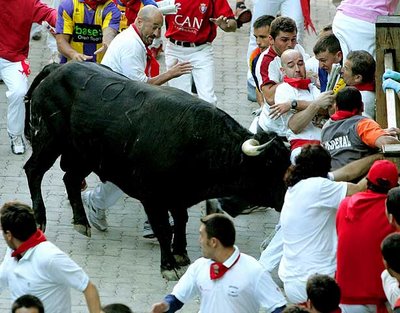
 Bulls also played an important role in the religious ceremonies of the Iberian tribes living in Spain in prehistoric times. The origins of the plaza de toros (bullring) are probably not the Roman amphitheatres but rather the Celtic-Iberian temples where those ceremonies were held. Near Numancia in the province of Soria one of them has survived, and it is supposed that bulls were sacrificed to the gods there.
Bulls also played an important role in the religious ceremonies of the Iberian tribes living in Spain in prehistoric times. The origins of the plaza de toros (bullring) are probably not the Roman amphitheatres but rather the Celtic-Iberian temples where those ceremonies were held. Near Numancia in the province of Soria one of them has survived, and it is supposed that bulls were sacrificed to the gods there.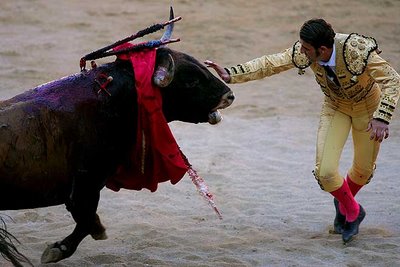

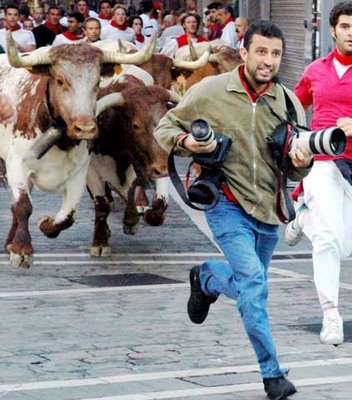 While religious bull cults go back to Iberians, it was Greek and Roman influences that converted it into a spectacle. During the Middle Ages it was a diversion for the aristocracy to torear on horseback-a style known as suerte de cañas.
While religious bull cults go back to Iberians, it was Greek and Roman influences that converted it into a spectacle. During the Middle Ages it was a diversion for the aristocracy to torear on horseback-a style known as suerte de cañas.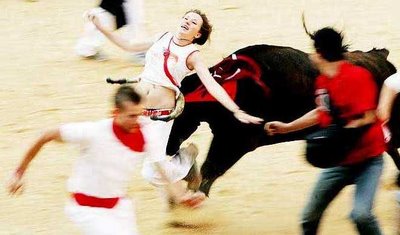
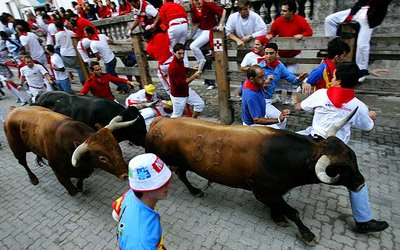 In the 18th century this tradition was more or less abandoned and the poorer population invented bullfighting on foot. Francisco Romero was a key figure in laying down the rules for the new sport..
In the 18th century this tradition was more or less abandoned and the poorer population invented bullfighting on foot. Francisco Romero was a key figure in laying down the rules for the new sport..

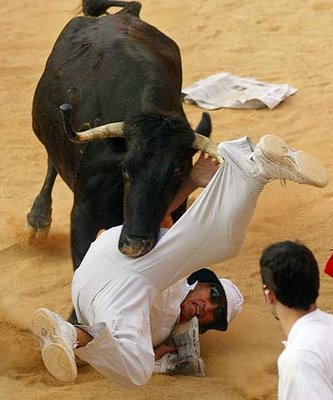 What a Corrida is about
What a Corrida is aboutIf you are not familiar with corridas de toros (bullfights), here is what happens in order, so that you can decide by yourself whether you want to see one when you are in Spain. A corrida starts with the paseillo, when everybody involved in the bullfight enters the ring and presents themselves to the president and public.




No comments:
Post a Comment